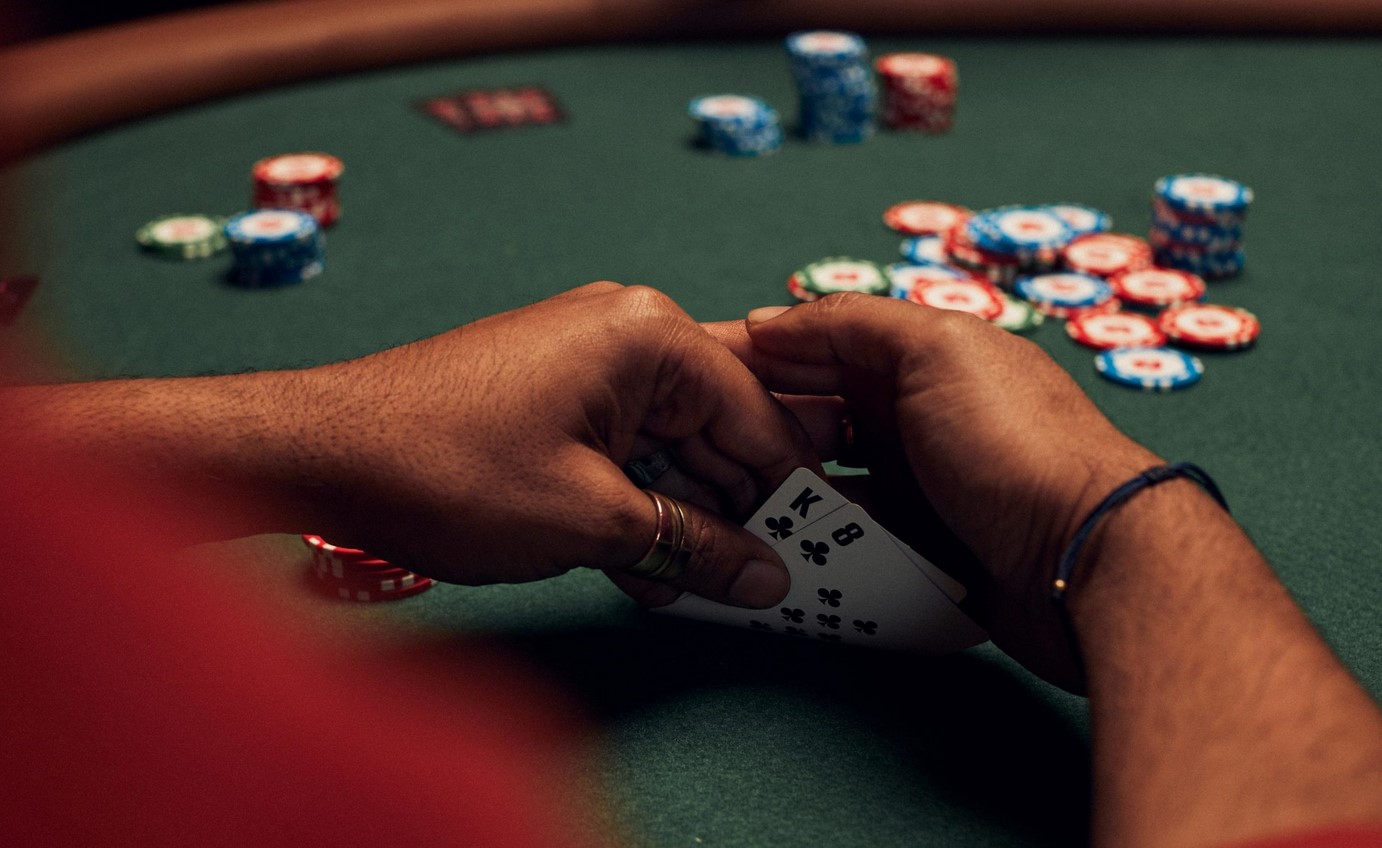In the intricate tapestry of poker strategy, few skills are as captivating and essential as the art of bluffing. Knowing when to hold ’em and when to fold ’em requires a nuanced understanding of opponents, table dynamics, and a flair for calculated deception. In this comprehensive guide, we unravel the secrets behind effective bluffing, demystifying the intricacies of this captivating aspect of poker play.
1. Understand the Purpose of Bluffing
Bluffing is not merely a random act of deception; it serves a specific purpose. The primary goal of a successful bluff is to convince opponents that your hand is stronger than it actually is, inducing them to fold their potentially superior hands. Mastering this skill allows you to win pots even when your cards might not be in your favor.
2. Choose the Right Moments
Timing is paramount in the art of bluffing. Optimal moments to bluff often arise when the community cards on the table present the potential for a strong hand. Players are more likely to fold if they perceive a threat, making these junctures opportune for a well-executed bluff.
3. Consider Your Table Image
Your table image, or the way opponents perceive your playing style, significantly influences the success of your bluffs. If you’ve been playing conservatively and suddenly initiate an aggressive move, it’s more likely to be perceived as a bluff. Conversely, a player with a history of aggression may find their bluffs met with skepticism.
4. Study Your Opponents
Bluffing is a dynamic dance with your opponents’ psychology. Observing their playing styles, tendencies, and reactions to previous hands provides valuable insights. Players who are more risk-averse may be more susceptible to bluffs, while seasoned opponents may require a more sophisticated approach.
5. Bluff in Position
Your position at the poker table is a critical factor in successful bluffing. Bluffing from a later position allows you to gauge the reactions of opponents before making your move. This additional information empowers you to make more informed decisions and increases the likelihood of a successful bluff.
6. Calculate Pot Odds and Bet Sizing
Bluffing is not a reckless endeavor; it involves careful consideration of pot odds and bet sizing. Evaluate the potential payoff against the likelihood of success. Additionally, ensure your bet size is consistent with your story and does not raise suspicion.
7. Be Mindful of Board Texture
The community cards on the table, also known as the board texture, play a crucial role in bluffing. A coordinated or paired board is more likely to be perceived as threatening, making it an opportune time to execute a bluff. Conversely, a ragged board may be less convincing for a successful bluff.
8. Mix Up Your Play
Avoid falling into predictable patterns. Regularly mix up your play by incorporating bluffs into your strategy. If opponents can’t predict your moves, they’ll find it challenging to discern when you’re genuinely holding a strong hand and when you’re attempting a bluff.
9. Use Image to Your Advantage
Building a specific table image can be a strategic tool for bluffing. If opponents perceive you as a tight player, they may be more inclined to fold when you show aggression. Conversely, an image of looseness can set the stage for a well-timed bluff to catch your opponents off guard.
10. Practice Patience and Discipline
Successful bluffing requires patience and discipline. Avoid the temptation to bluff excessively, as this can lead to unnecessary losses. Exercise restraint and reserve bluffing for opportune moments, ensuring that each attempt is a calculated move towards maximizing your gains.
In conclusion, the art of bluffing in poker is a multifaceted skill that combines psychology, timing, and strategic thinking. By mastering the nuances of when to hold ’em and when to fold ’em, you elevate your poker game to a new level of sophistication. Embrace the calculated deception, refine your skills, and let the dance of bluffing add an element of finesse to your poker repertoire.

